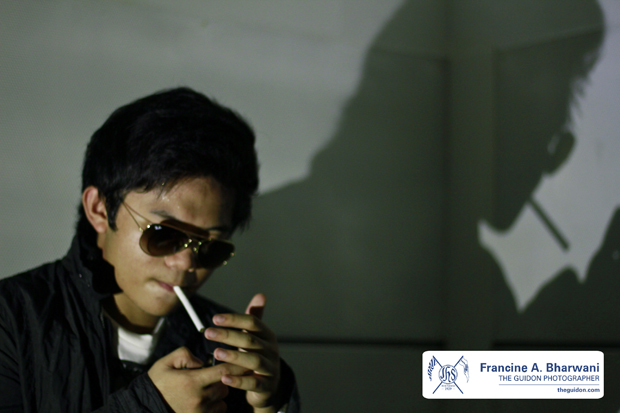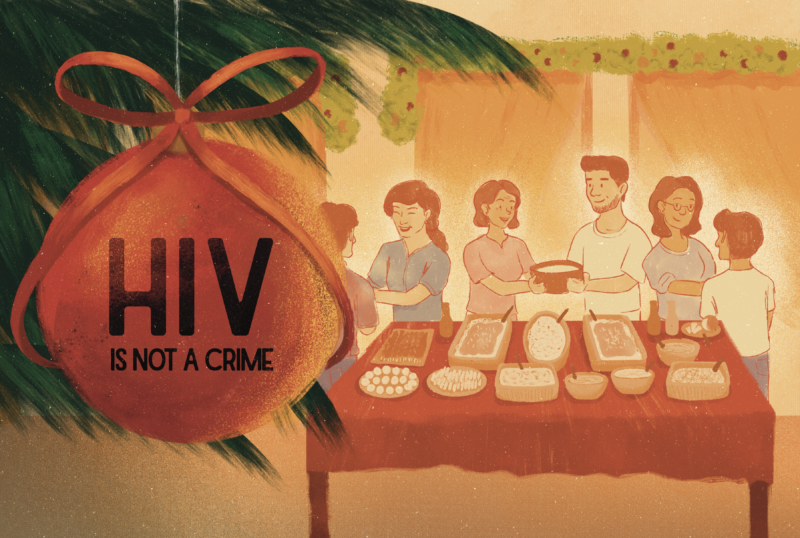Clad in candy-colored bikinis and worn-out sneakers, four girls let loose on the beach, laughing as waves crash into the shore. Moments later, they’re gleefully firing bullets into the cold night sky. Sea, sand and armed robbery: The perfect recipe for an action-packed vacation.
So begins Selena Gomez’s rapid descent into the sinfully decadent world of Harmony Korine’s Spring Breakers. The wild child has been Korine’s muse throughout his directing career and he isn’t alone. James Dean’s performance in Rebel Without A Cause (1955) is iconic, as is Marlon Brando’s in The Wild One (1953). Even Shakespeare has touched on the youth gone wild archetype through the riotous actions of Prince Harry in Henry IV.
The timelessness of the teenage rebel is undeniable; despite being more than six centuries old, the wild child still knows how to party. Yet the age-old question remains: What is it about rooting for the bad guys that make us feel so good?
Life on the edge
The metamorphosis from self-destructive teenager to fully functioning adult is crucial to growing up. According to Communication instructor Andrew Ty, people feel that adults are able to do things that children cannot. This leads to “growing pains” in the form of subversion. “With maturity comes a certain type of transgression,” Ty notes.
Sometimes though, maturity comes at too high a price. The death of a loved one typically signifies a change of heart in stories involving a wild child character. Jim from Rebel Without A Cause, for example, loses a dear friend before reconciling with his parents. On a more extreme and personal scale, Alex from Anthony Burgess’ A Clockwork Orange is a juvenile delinquent who reaches adulthood after losing his free will and undergoing several debasing experiences.
This transformation isn’t only present in fiction. Several teen idols are eager to shed their squeaky clean images in favor of more daring reputations: In Spring Breakers, Disney darlings Gomez and Vanessa Hudgens strut around in skimpy swimsuits, drinking in excess. Similarly, Sophia Coppola’s film The Bling Ring stars the Harry Potter franchise’s Emma Watson as the ringleader of a group of fame-obsessed teens who burglarize Hollywood homes.
Based on a true story, The Bling Ring hits close to home when it comes to youth gone wild off-screen. In real life, teenagers turn to rebellion to appease their personal demons.
“The teenage years [are] seen as a period for self-determination—figuring out who one truly is,” explains junior psychology major Sophia Besa. Take Drew Barrymore for instance, who had an infamously troubled childhood and ended up in rehab at age 13.
Different strokes
If there is anyone who knows how to have a good time, it’s Snooki from MTV’s hit reality show Jersey Shore. Over the course of the show’s three-year run, she was seen escaping from her work shift, drinking at all hours of the day, running away from cops and hooking up with random guys. With shows like these representing everyday life abroad, many regard youth gone wild behavior to be a prominent part of Western culture.
For a country afflicted with colonial mentality, the archetype’s absence from Filipino cinemas is rather surprising. Instead, movies in the local mainstream are either romantic melodramas or family-oriented comedies.
Besa suggests that the Filipino wild child manifests itself in themes like forbidden love; star-crossed lovers are a staple of Filipino television. In Pangako Sa ‘Yo, a TV series that ran from 2000 to 2002, Kristine Hermosa took on the role of a lowly maid while her romantic interest, Jericho Rosales was a governor’s son.
Our local independent films, on the other hand, might be more welcoming of the Western understanding of the wild child archetype. Gino Santos’ The Animals, an entry in last year’s Cinemalaya Film Festival, portrays a day in the life of affluent high school students indulging in every vice imaginable. Still, similar movies are few and far between.
Its closest predecessor is Peque Gallaga and Lore Reyes’ Gangland from 1998, which deals with four high school dropouts caught in the middle of a deadly gang war.
Because these films tend to deal with the upper class, it is possible that Filipino audiences who are on other side of the socio-economic divide can’t relate, at least to a certain extent. “In The Animals,” observes Ty, “they’re clearly not lower-class youth, so seeing them crash and burn is sort of like a revenge fantasy of sorts against the privileged class.”
According to Besa, it is possible that the absence of sex, drugs and alcohol in mainstream Philippine movies may be due to the Catholic Church’s conservative influence on our culture.
Ty, however, is cautious to jump to such assumptions: “Consider how we love to call ourselves a conservative culture,” he says. “But think about all the stories of sex and drugs you read about in the papers or hear about your friends.”
Predictable to perverse
As easy as it is to dismiss the wild child as nothing more than a bad influence, it is also difficult to deny that its appeal is deeply rooted in our most primal urges and experiences. “[The archetype’s] search for identity is very real,” suggests Besa. “Yet unlike [most people], they have the nerve to risk it all.”
Moments that exhibit the wild child at its best give us a rush of adrenaline from a safe distance. This allows us to indulge in socially unacceptable fantasies without the consequences. “Art-catharsis,” Ty calls it.
On the other hand, Besa says that for viewers who don’t empathize with the wild child, the appeal lies in learning more about an alternate lifestyle.
“For a viewer, it might also be reassuring to know that—to some extent—it is all right to rebel,” she explains. “Because it ultimately helps you figure out who you are and who you’re not.” However, finding one’s identity is a lifelong process that in real life can’t be resolved in 120 minutes or less.
Not only is the wild child a relatable character, it also interests people romantically. “Some people find ‘badassery’ so sexy because of the promise of power and redemption,” comments senior communication major Julienne Joven, the president of the Association of Communication Majors.
There is a challenge to getting the attention of a person immersed in violence and self-destruction. The good girls and boys gone bad owe part of their appeal to their capricious behavior. “They’re excitement waiting to be unboxed,” Joven adds.
Art imitates life
Spring Breakers’ plot is ridiculous: Four high school girls rob a fast food joint with squirt guns only to get recruited by a drug-dealing James Franco. Nonetheless, the movie represents how this generation defines the issues of its time and how these, in turn, are defined by society.
“If [today’s] youth were lost in a less glamorized, sexualized form, I don’t think [the archetype] would have the same appeal,” says senior English literature major, Dionne Co.
“The very trashiness of these films is what makes them social commentary,” says Ty. “Especially because, in some, it’s intended to judge the youth harshly.”
From the looks of it, the archetype is here for good. Every generation has its own way of living young, wild and free: From Shakespeare to Spring Breakers, only time can tell what the wild child has up its sleeve.







